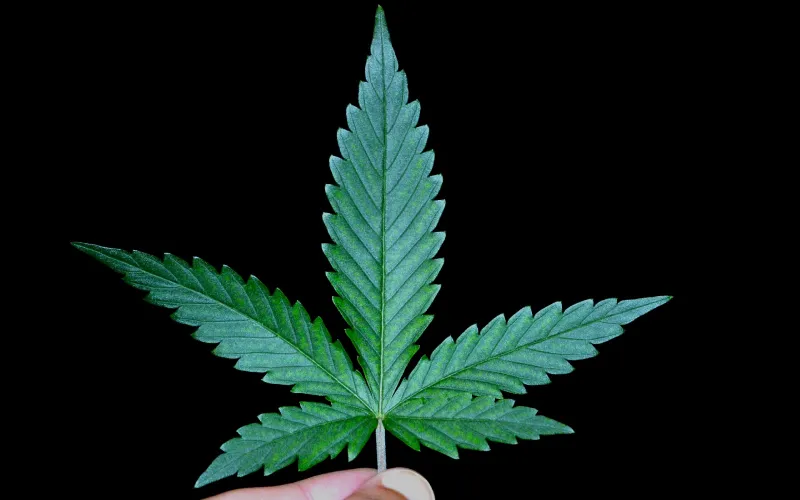In the ever-evolving landscape of cannabis, new cannabinoids are continually emerging, offering unique effects and potential benefits. Among these newcomers are THC-P (Tetrahydrocannabiphorol) and THC-O (Tetrahydrocannabinol acetate), which have sparked curiosity and intrigue within the cannabis community. Understanding the differences between these compounds is essential for both consumers and industry professionals alike. In this article, we delve into the distinctive characteristics of THC-P and THC-O, exploring their effects, origins, and potential implications.
THC-P: Unveiling the Potent Potency
1. Definition:
THC-P, short for Tetrahydrocannabiphorol, is a relatively lesser-known cannabinoid that has gained attention for its purported potency.
2. Potency:
- THC-P is believed to be significantly more potent than traditional THC, producing intense psychoactive effects even at low doses.
- Due to its potency, THC-P Products may have a higher potential for inducing adverse effects, such as anxiety or paranoia, particularly in novice users.
3. Origins:
- THC-P is structurally similar to THC but contains a propyl side chain instead of a pentyl side chain.
- This structural difference is thought to contribute to its heightened potency and unique effects.
4. Effects:
- Users report experiencing a rapid onset of intense euphoria and altered perception when consuming THC-P.
- Some anecdotal evidence suggests that THC-P may have therapeutic potential, particularly in managing pain and inflammation.
THC-O: Exploring the Acetate Alternative
1. Definition:
THC-O, or Tetrahydrocannabinol acetate, is another novel cannabinoid that has piqued interest for its distinct properties.
2. Conversion:
- THC-O is not naturally occurring in cannabis but is synthesized through the chemical modification of THC.
- The process involves the acetylation of THC, resulting in a compound with altered pharmacological effects.
3. Potency:
- Similar to THC-P, THC-O is reputed to be highly potent, with users reporting intense psychoactive effects.
- The acetylation process may enhance the potency of THC-O, leading to a more profound and long-lasting high.
4. Legality:
- The legal status of THC-O remains uncertain, as it is a synthetic derivative of THC.
- Regulations surrounding THC-O vary by jurisdiction, with some regions considering it a controlled substance.
FAQs: Addressing Common Queries
Q: Are THC-P and THC-O legal?
A: The legality of THC-P and THC-O depends on local regulations. While some jurisdictions may have restrictions on these cannabinoids, others may allow their use under certain conditions.
Q: How do THC-P and THC-O compare to traditional THC?
A: Both THC-P and THC-O are reputed to be more potent than traditional THC, leading to stronger psychoactive effects. However, their specific effects and potential benefits require further research.
Q: What are the potential risks associated with THC-P and THC-O?
A: Due to their potency, THC-P and THC-O may pose an increased risk of adverse effects, such as anxiety, paranoia, or hallucinations. Users should exercise caution when experimenting with these cannabinoids.
Q: Are there any therapeutic applications for THC-P and THC-O?
A: While preliminary evidence suggests that THC-P and THC-O may have therapeutic potential, further research is needed to validate their efficacy and safety in medical settings.
Q: How can consumers access THC-P and THC-O products?
A: THC-P and THC-O products may be available through licensed dispensaries or online retailers in regions where they are legally permitted. Consumers should ensure that they source products from reputable sources and adhere to local regulations.
In conclusion, THC-P and THC-O represent intriguing additions to the ever-expanding repertoire of cannabinoids. While their potency and effects may appeal to some users, it’s essential to approach them with caution and understanding. As research into these compounds continues to unfold, we may gain a deeper understanding of their potential benefits and risks, shaping the future of cannabis consumption.

